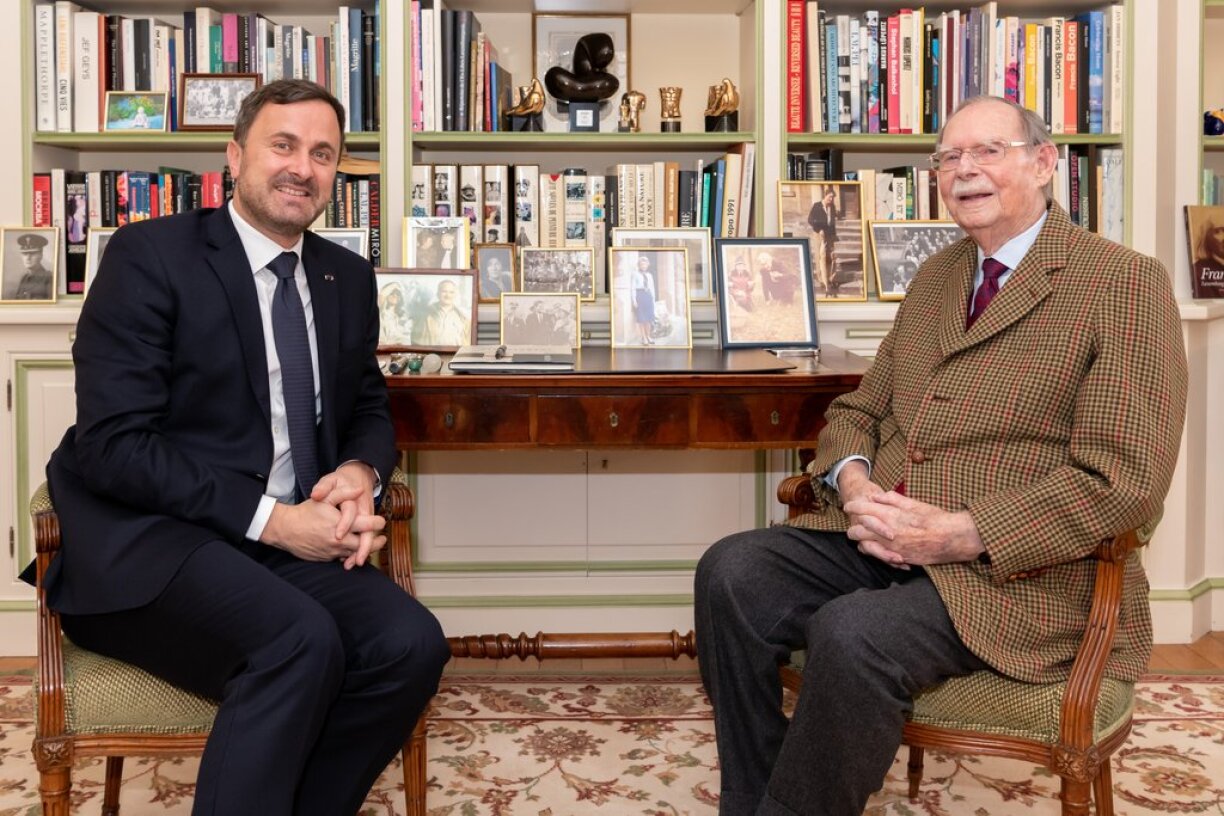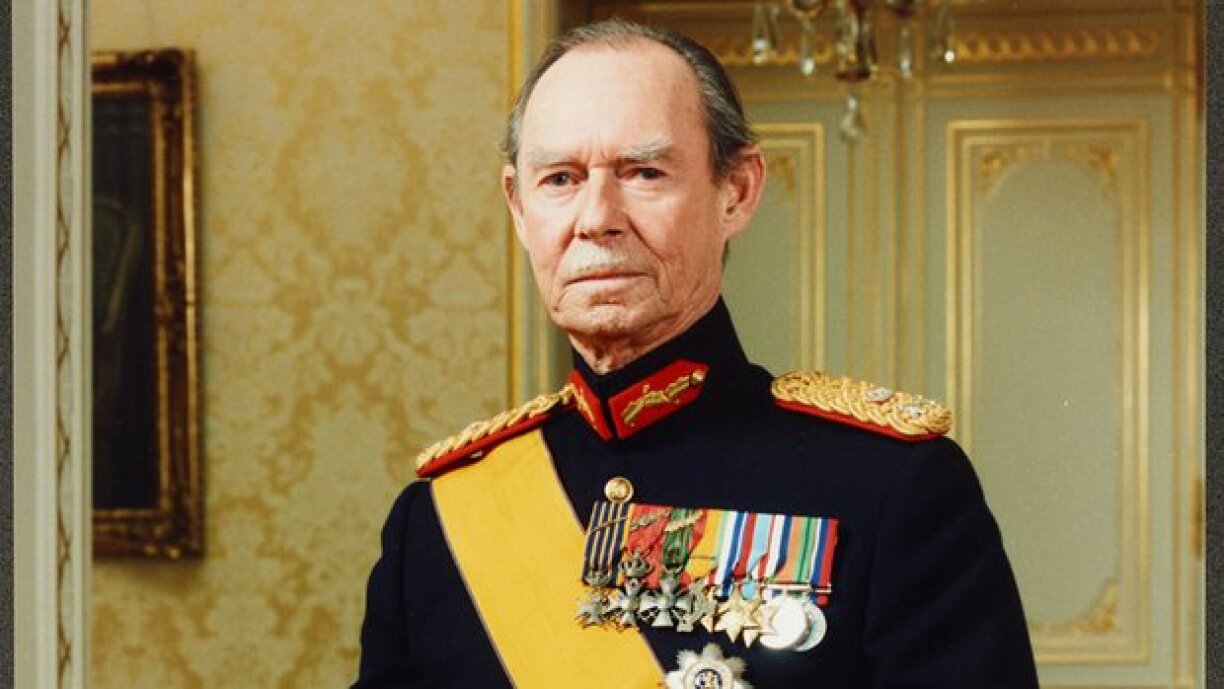
Prince Jean Benoît Guillaume Robert Antoine Louis Marie Adolphe Marc d’Aviano, better known as Grand Duke Jean, was born on 5 January 1921 as the first child of Grand Duchess Charlotte and Prince Felix of Bourbon-Parma. He died on 23 April 2019 at the age of 98.
Jean was named after Count John the Blind, the King of Bohemia and Count of Luxembourg (1296–1346), while his second name, Benoît, was in honour of his godfather, Pope Benedict XV. He had five younger siblings: Princesses Élisabeth, Marie-Adélaïde, Marie-Gabrielle and Alix, and Prince Charles.
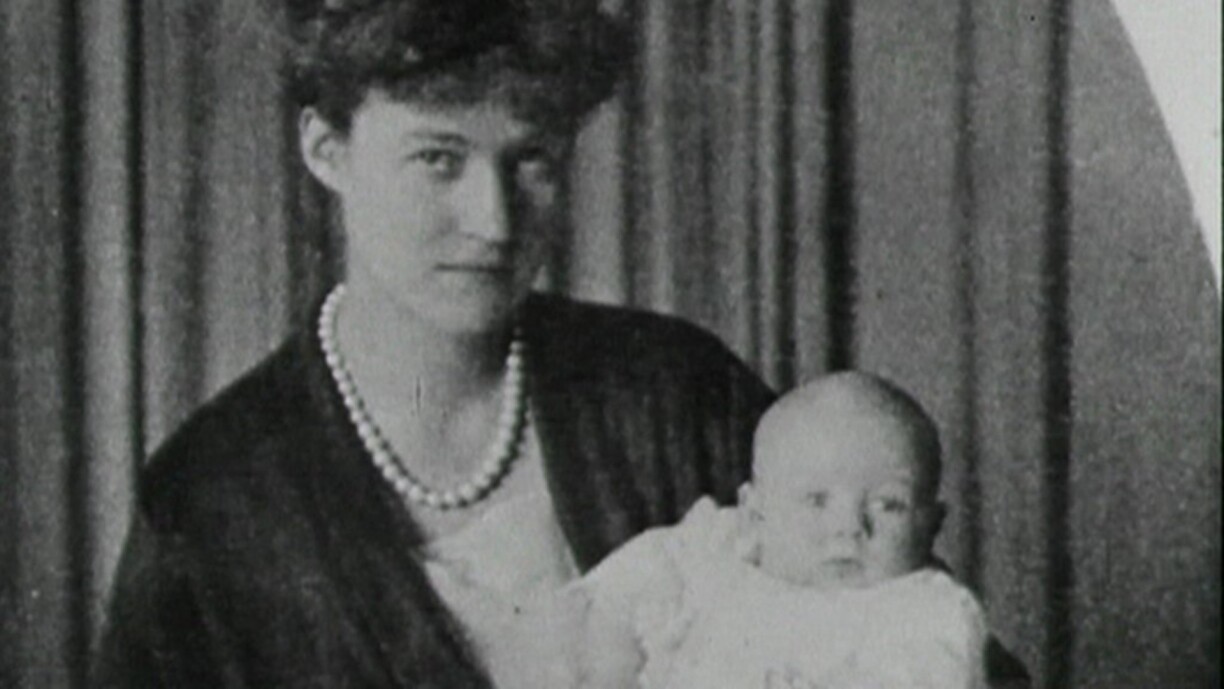
Prince Jean grew up in Berg Castle and attended primary and secondary school in Luxembourg before continuing his education at Ampleforth College in Yorkshire. Known as the ‘Catholic Eton,’ Ampleforth was a popular choice for European Catholic aristocracy, and some of Prince Jean’s grandchildren would later attend the same school. He later studied Law and Political Science at Laval University in Quebec City, Canada.
In 1939, Prince Jean reached maturity, was named Hereditary Grand Duke, and officially recognised as heir apparent to Grand Duchess Charlotte, just months before the outbreak of the Second World War.
When German forces invaded Luxembourg on 10 May 1940, Prince Jean and his family fled into exile. He was only 19 years old at that time. They initially lived in Paris before moving to the United States, where Jean began his university studies.
In 1942, he moved to the United Kingdom and joined the British Army’s Irish Guards regiment on King George VI’s advice. He trained at the famous Royal Military Academy Sandhurst and graduated as a second lieutenant in 1943. On the day of his graduation, he addressed the Luxembourg nation via BBC radio, letting them know that they had not been forgotten.
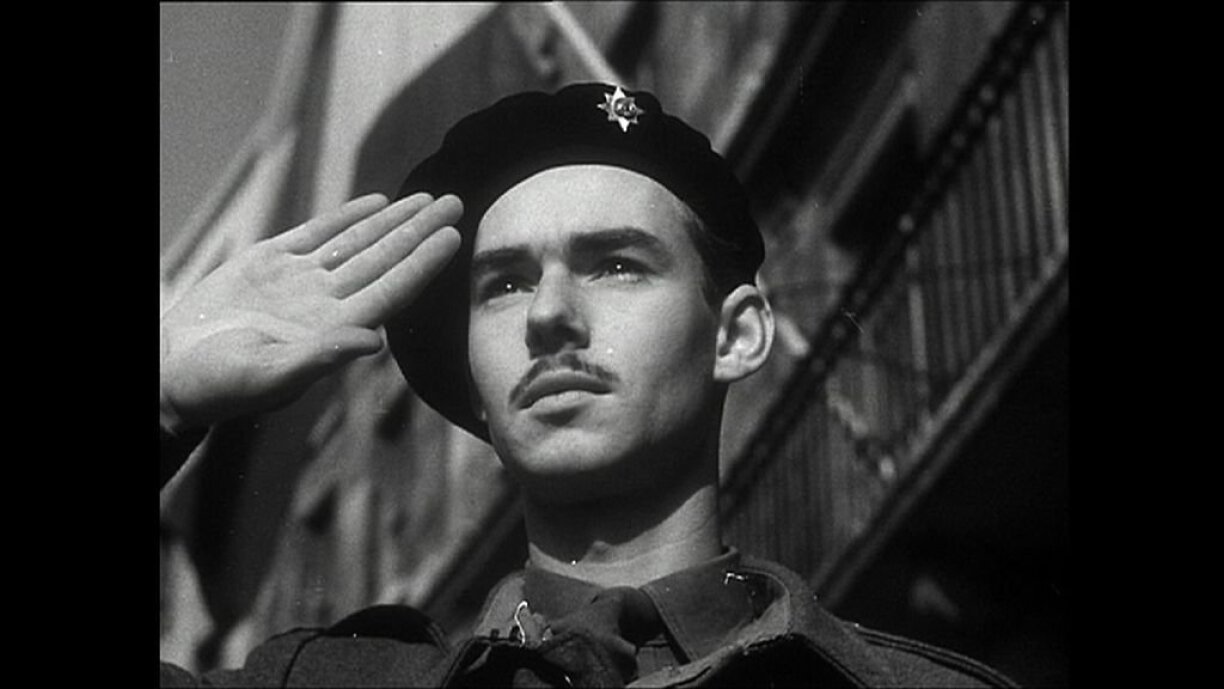
As an active soldier, Prince Jean was involved in some of the most momentous battles of the 20th century: He landed in Normandy on 11 June 1944, fought in the Battle for Caen, and participated in the liberation of Brussels on 3 September 1944. He re-entered Luxembourg on 10 September, crossing the border at Rodange alongside his father and American troops. His military service continued during the Battle of the Bulge, and he was involved in campaigns in Arnhem, the Ardennes, and Germany until the Nazi surrender in May 1945.
Only seven days later, he triumphantly returned to the newly-liberated Luxembourg, side by side with his father and a host of American soldiers.
It only proved to be a short reprieve. When the German forces mounted an attack known as the Battle of the Bulge, in which almost 20,000 allied troops lost their lives, Prince Jean re-joined his division between Tienen and Namur.
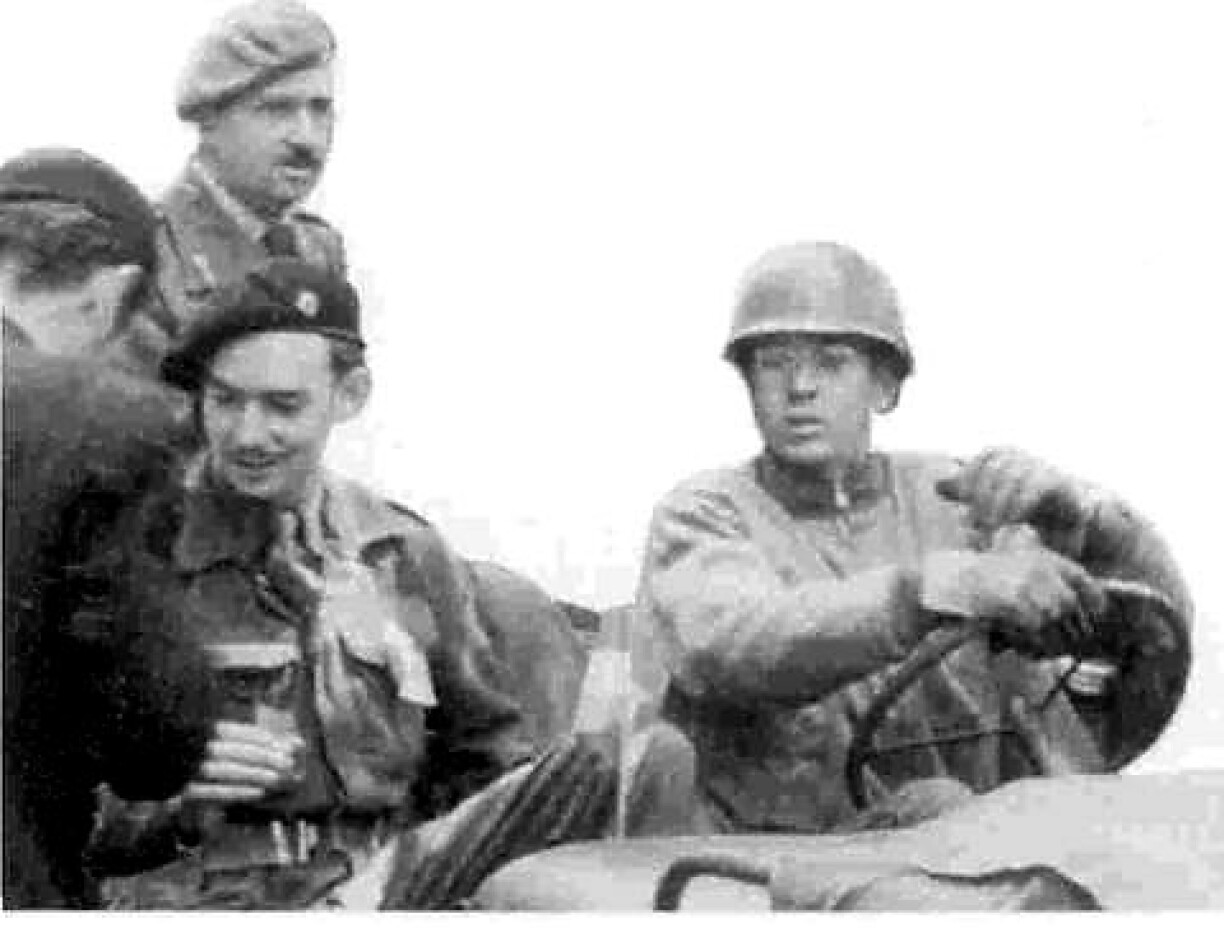
On 14 April 1945, the war was officially over for Luxembourg when the Hereditary Grand Duke joined Grand Duchess Charlotte and her consort Prince Felix in their return to the Grand Duchy. He later received multiple military decorations in recognition of his service.
In 1951, Prince Jean joined the State Council, remaining a member until his mother appointed him official lieutenant to the Chamber of Deputies in 1961.
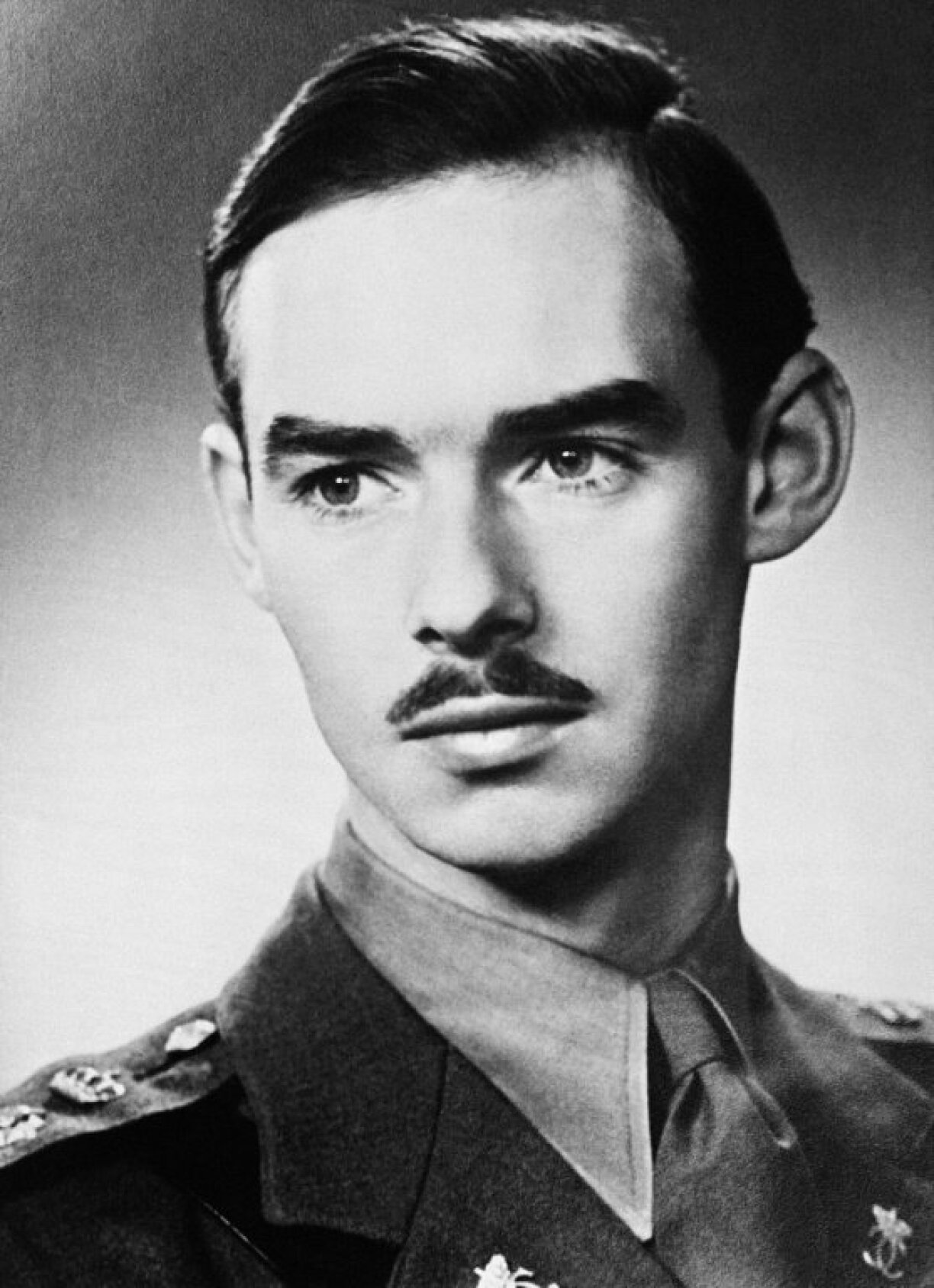
In 1952, the Hereditary Grand Duke became engaged to Princess Joséphine-Charlotte of Belgium, daughter of Leopold III and sister to King Baudouin. The wedding plans were announced on 26 December 1952.
On 9 April 1953, Prince Jean married Princess Joséphine-Charlotte of Belgium at Luxembourg City Cathedral. The Hereditary Grand Duke and his young bride settled in at Betzdorf Castle and soon started a family. Princess Joséphine-Charlotte gave birth to five children, who were all born at Betzdorf Castle: Princess Marie-Astrid, Prince Henri, Prince Jean, Princess Margaretha and Prince Guillaume.
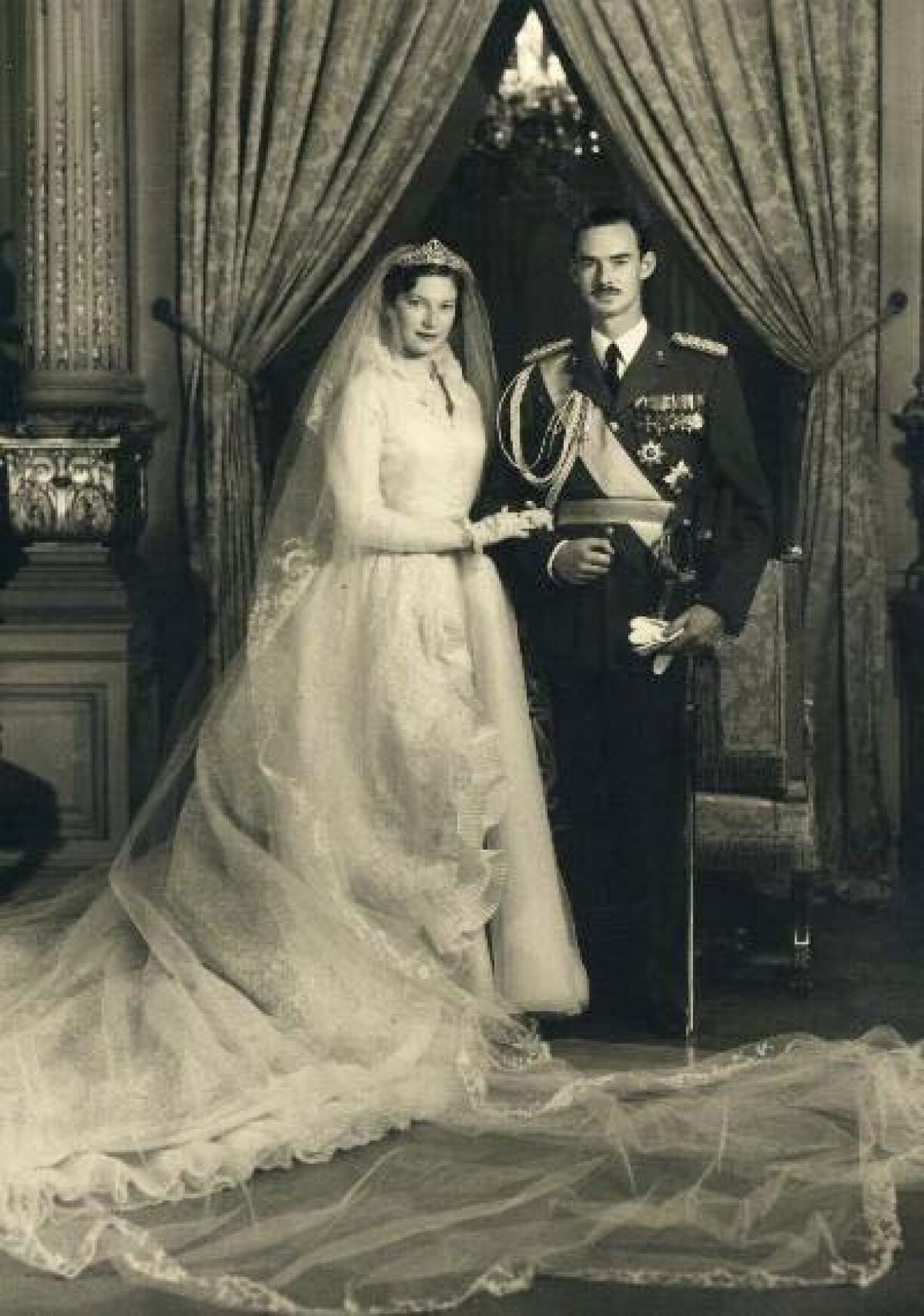
In 1961, Grand Duchess Charlotte appointed Jean as her lieutenant representative, gradually preparing him for leadership. On 12 November 1964, she abdicated, and Jean became the eighth sovereign of Luxembourg. He dutifully picked up his mother’s mantle and became the 8th Luxembourg sovereign since the founding of the Grand Duchy in 1815.
It is safe to say that no other monarch has seen Luxembourg undergo such stark changes during his reign as Grand Duke Jean. He was the head of state for 36 years and in this time, the Grand Duchy transformed from an agricultural and industrial country with a booming metallurgy sector in to a thriving international finance hub. He witnessed the creation of the European Union and the Schengen Agreement, both of which Luxembourg helped to establish. Though he remained politically neutral, he met with world leaders to promote Luxembourg’s interests.
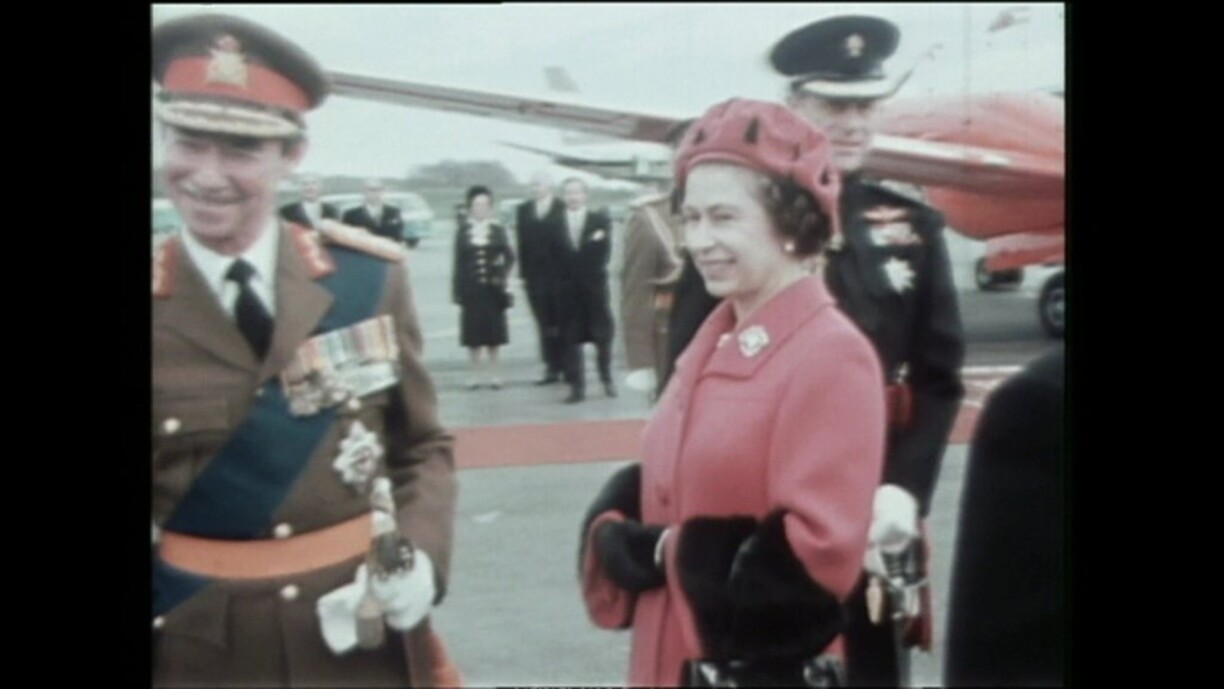
In June 1972, Grand Duke Jean and Grand Duchess Joséphine-Charlotte visited Britain to mark the UK’s entry into the Common Market. Queen Elizabeth II appointed him a Stranger Knight of the Order of the Garter. He also received the Charlemagne Prize in 1986 for his role in European integration.
A lifelong supporter of scouting, he served as Chief Scout of Luxembourg from 1945 and became a member of the Baden-Powell World Fellowship in 1989. His contributions to sports led to his recognition as an Honorary Member of the International Olympic Committee in 1998.

On 24 December 1999, Grand Duke Jean announced his intention to abdicate, stating: “At the dawn of the new millennium, and after reigning for more than 35 years, it is wise for me to retire from state matters.” On 7 October 2000, he formally abdicated in favour of his son, Grand Duke Henri.
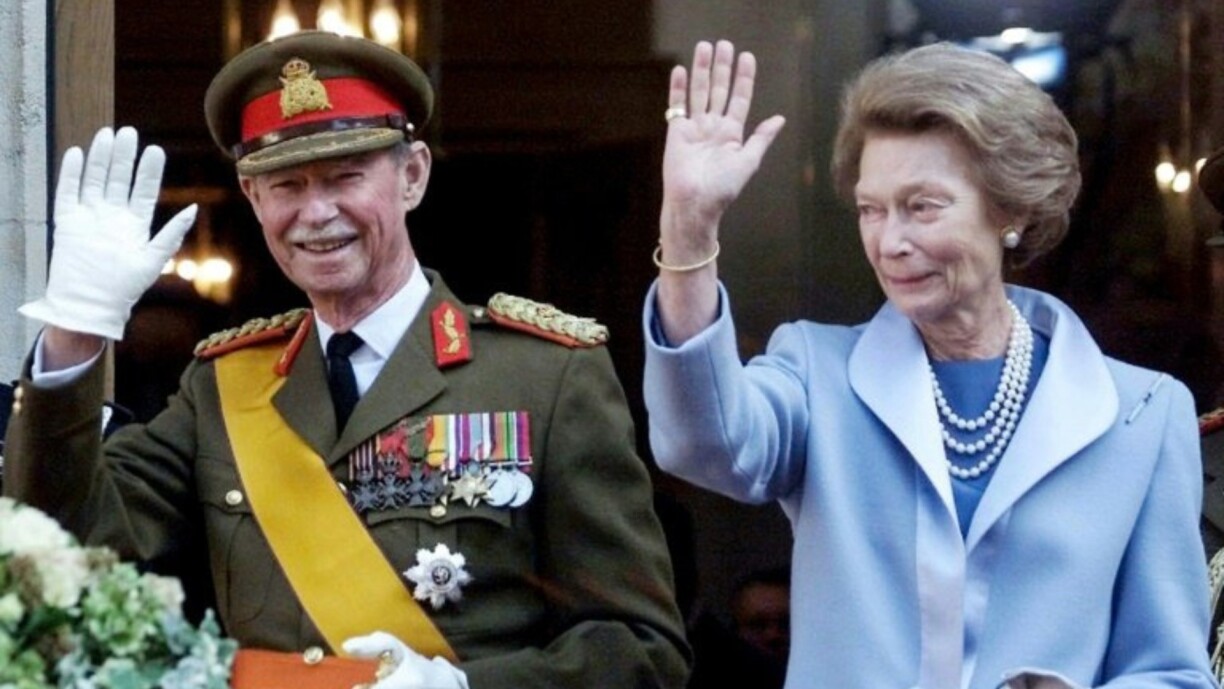
Grand Duke Jean and Grand Duchess Joséphine-Charlotte moved to Fischbach Castle in 2002. However, Joséphine-Charlotte passed away in 2005 after a battle with cancer.
In 2006, the Grand Duke Jean Museum of Modern Art (Mudam) was inaugurated in his honour. He remained active in public life until his later years, occasionally making appearances at national events.
Grand Duke Jean was hospitalised in December 2016 due to bronchitis but recovered. In April 2019, he was admitted to hospital with a pulmonary infection. He passed away on 23 April 2019 at the age of 98.
At the time of his death, he had five children, 22 grandchildren, and 15 great-grandchildren. Before his passing, he was the world’s oldest living monarch.
His legacy as a soldier, statesman, and advocate for European unity remains deeply embedded in Luxembourg’s history.
